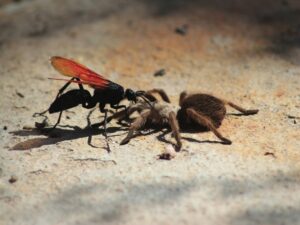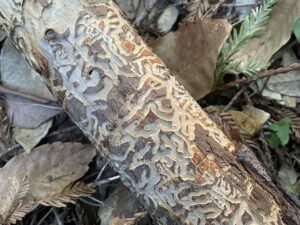I remember the first time I saw a Madagascan sunset moth. I had just started a job in the entomology department at the California Academy of Sciences, and had decided to begin looking at some of the 7-million-plus carefully pinned insects housed there. I must have made a sound when I saw their iridescent wings come into view through the glass-topped drawer, some sort of quiet gasp muffled by the hum of the collection room cooling system. It did look like a sunset – the once-in-a-lifetime tropical island kind.
As I made my way through the rest of the butterfly and moth drawers the variety of species seemed endless. Many were from far-away places, but some were from North America, like butterflies in the family Pieridae in the richest shades of yellow, ochre, and red; and tiger moths with markings that resembled Joan Miro paintings.

I got my degree in wildlife conservation biology, and focused on learning about the larger — and what I had assumed were most “charismatic” — animals on the planet. But now a whole new universe was coming into view, right under my nose and mind-bendingly vast. Science has described roughly a million insects, and we suspect there are untold millions more yet to be described, sprinkled throughout all habitats from tropical rainforests to Arctic ice.
Entomologist William Shepard, a museum associate at the Essig Museum of Entomology at UC Berkeley and the University of Missouri, has described dozens of new insect species from all over the world, but he has a particular affinity for riffle beetles in the family Elmidae. These small beetles are often found crawling on stones or sticks in the so-called “riffle” zones of streams, where fast-moving shallow water runs over rocks, but some have adapted to life in still water. There are 1400 species known world-wide, 100 species found in North America alone, and likely many more that have not yet been discovered. “As a child I always loved playing and fishing in streams,” Shepard says. “Then in graduate school I discovered that there were beetles that loved the streams as much as I did.” According to Shepard, most professional entomologists he knows simply never outgrew the “insect” phase of their childhood, during which the joy of discovering and learning about insects took hold and never let go.
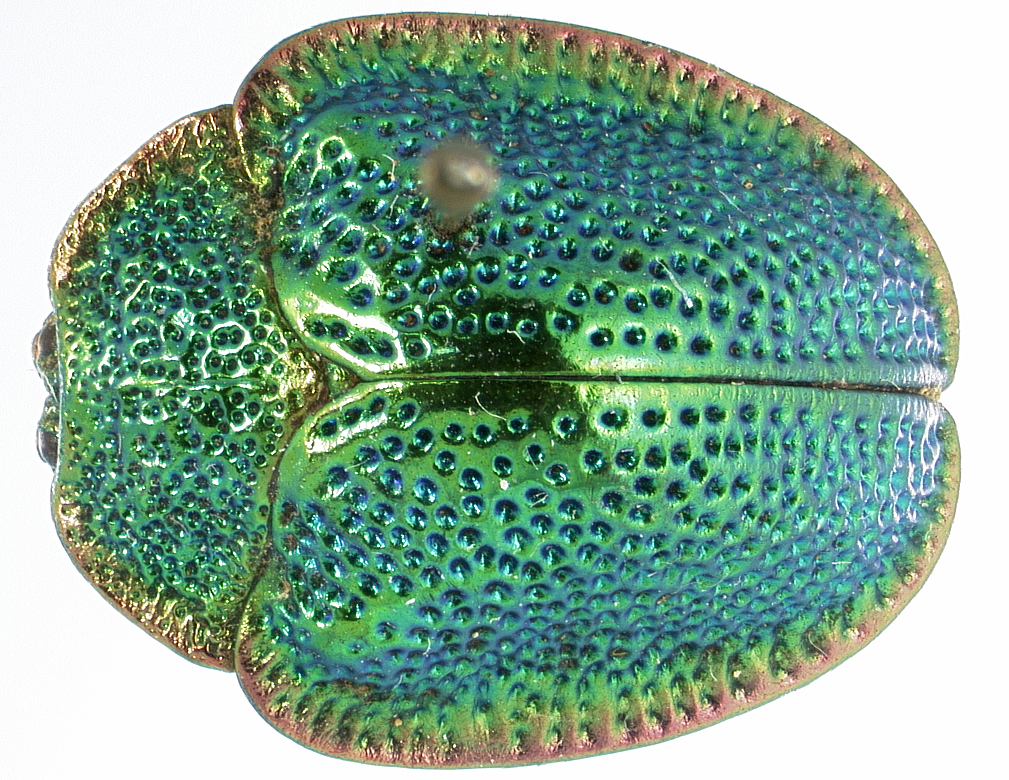
But insects can be easy to overlook for many of us. Perhaps that’s why it feels so eerie to hear that this enormous yet enigmatic world is in trouble. Worrying news of an impending insect apocalypse hit the headlines in late 2017, after a German study showed that the total mass of local flying insects had fallen by 80 percent in three decades. And then another paper, based on the review of dozens of studies, warned that over 40 percent of all insect species were in decline and that “insects as a whole will go down the path of extinction in a few decades”.
Insect pollinators are an essential component of every environment, needed for the reproduction of at least 80 percent of our flowering plants. The resulting seeds and fruit provide food for countless animals including humans. Without pollinators, many fruits and vegetables would disappear and mainly wind-pollinated crops such as corn and wheat would remain. Bees, butterflies, and moths get a lot of the pollination buzz, but flies (even male mosquitos!), pollinate as well. The cacao plant has small complicated flowers that only one species of fly is able to navigate. Insects also perform essential sanitary services, helping to decompose dead plant and animal matter and recycle it into the soil.
But insects, I’ve come to realize, are also something more unquantifiable: they are works of art.
But insects, I’ve come to realize, are also something more unquantifiable: they are works of art. There are weevils that live in the Philippines that are covered in iridescent scales like butterfly wings. We lovingly call them Easter egg weevils due to the variety of patterns and colors that look as though they were painted on. One species in this genus has scales with a microscopic structure just like opal. Another weevil, the Brazilian diamond weevil, has scales set in pits along its body that have the same microscopic structure as diamonds.
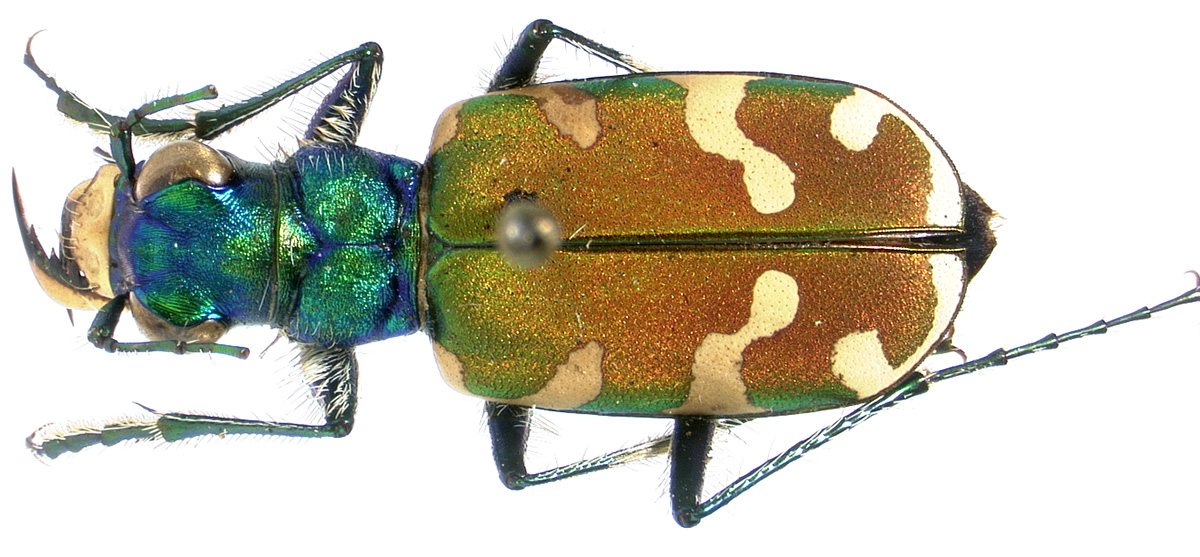
Insects also inhabit sensory worlds that we are only just now beginning to understand. The scarab beetle Chrysina gloriosa’s exoskeleton gives it the rare ability to create and reflect circularly polarized light. Only mantis shrimp are known to see circularly polarized light, but scientists have hypothesized that Chrysina gloriosa can see it too, in which case these beetles would look even brighter and luminescent to each other than they do to us, or to their predators.
Private communication channels are not unique to Chrysina gloriosa, either; even the common cabbage white butterfly, a garden pest which looks to us like a nondescript white moth, uses very specific ultraviolet signals in order to convey mating readiness to each other.
Treehoppers in the family Membracidae talk to each other by vibrating the plants they live on, a form of communication that some scientists have called a secret society of sound. The vibrations they produce are quite low in frequency, often below the threshold of human hearing. Scientists are only beginning to understand what they are saying.

It’s hard to imagine losing such amazing creatures, especially when we are just beginning to scratch the surface of knowing them. The good news is that some insects like local pollinators can survive, even thrive, in small patches of habitat. Growing pesticide-free native nectar plants can improve the health, abundance, and diversity of local pollinators, even if it’s only a small flower box in the city. Butterflies often need specific host plants to feed on during their caterpillar stage, for example the caterpillars of monarch butterflies feed exclusively on the leaves of various milkweeds. Replacing lawn with native nectar and host plants and even leaving some areas of the garden untidy with open sandy ground, brush piles, and old tree stumps can be wonderful habitat for a variety of native bees.
It’s possible to make lifestyle changes that can help globally as well. Avoiding plastic cups, straws, and packaging, can help slow the stream of plastic pollution entering the environment. And cutting down on beef and palm oil consumption – two huge drivers of deforestation – can help insects and wildlife more broadly.
There is not one clear-cut solution, in part because there is still much to be learned about basic insect ecology and population numbers. But citizen scientists are helping to fill in these knowledge gaps. Indeed, it is due to the observations of citizen scientists that we have been able to track the decline of the Western monarch and know we must act now to implement urgent conservation measures. But there are so many more insect species hidden from the headlines. That’s why it’s important not just to recognize the ecological importance of insects, but also their intrinsic worthiness as charismatic inhabitants of our planet, like whales, tigers and pandas. Losing even a fraction of them would mean losing countless wonderful species, including many we haven’t discovered yet.
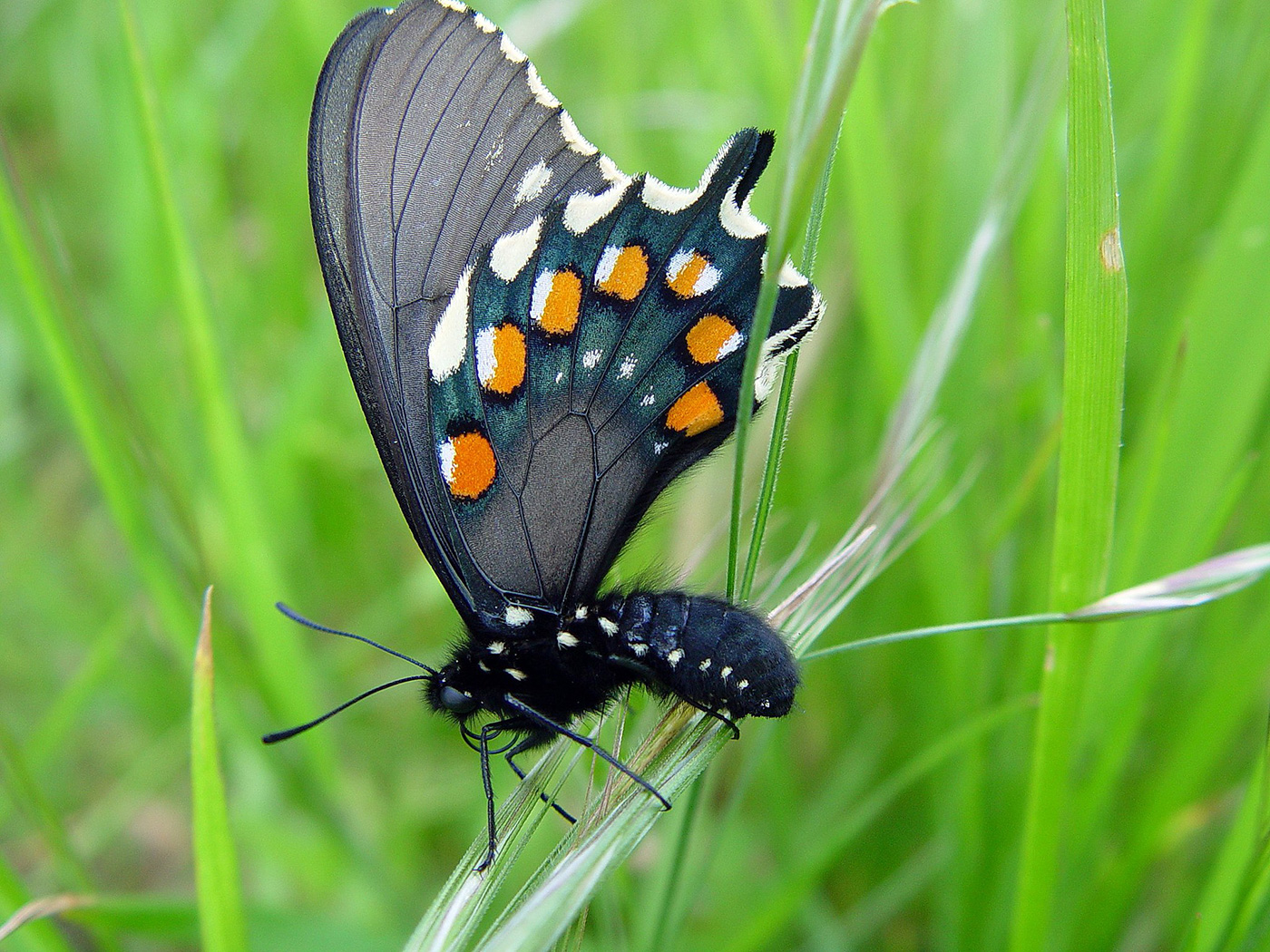
Shepard’s research has illuminated this phenomenon in a striking way. The velvety black and blue pipevine swallowtail is a beautiful California native butterfly whose caterpillars feed on the green foliage of the California pipevine plant. Planting this native plant is a great way to help this butterfly flourish, but it does so much more. In research to be published later this year, Shepard and his colleagues document a veritable Serengeti in miniature inhabiting the U-shaped flowers of the California pipevine plant, with over 2,000 species of arthropods (insects and arachnids), including vast groupings of pollinators, predators, scavengers, and insects that are just looking for a place to hide. And they are still identifying more species.
Whether you’ve had a lifelong love affair with insects or became fascinated with them later in life, there is always the feeling that there is so much more to know. Insects make up 80 percent of all known species on the planet, and there are estimated to be 200 million individual insects for each human! There aren’t nearly enough entomologists to study them all. Even after 10 years working in an entomology collection, I’m still seeing species that I’ve never seen before. Sometimes while sorting specimens, I’ll put a very small insect under the microscope and what had looked like a brown speck to the naked eye reveals itself to have the most interesting mottled cryptic patterning, or a dusting of what looks like glitter, or impossibly shiny golden fuzz. I love knowing that there are these amazing creatures hidden all around us, even if we don’t always notice them, or haven’t noticed them yet. Even if we have only scratched the surface of their world.
“There will never be an end to knowing about insects,” Shepard says.




